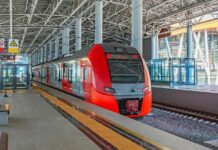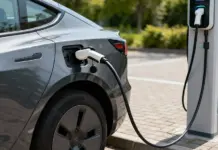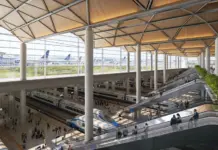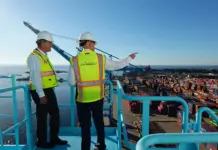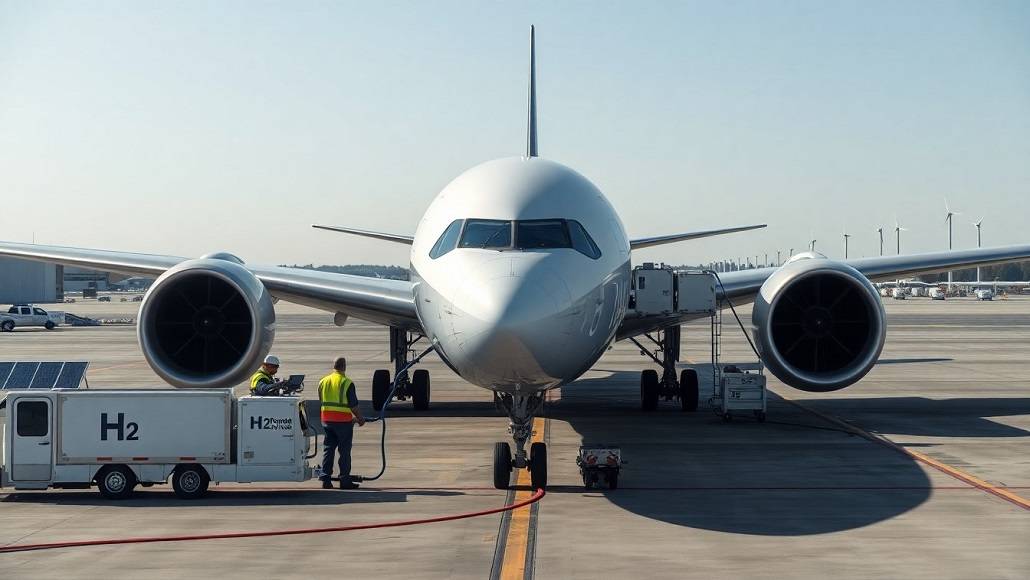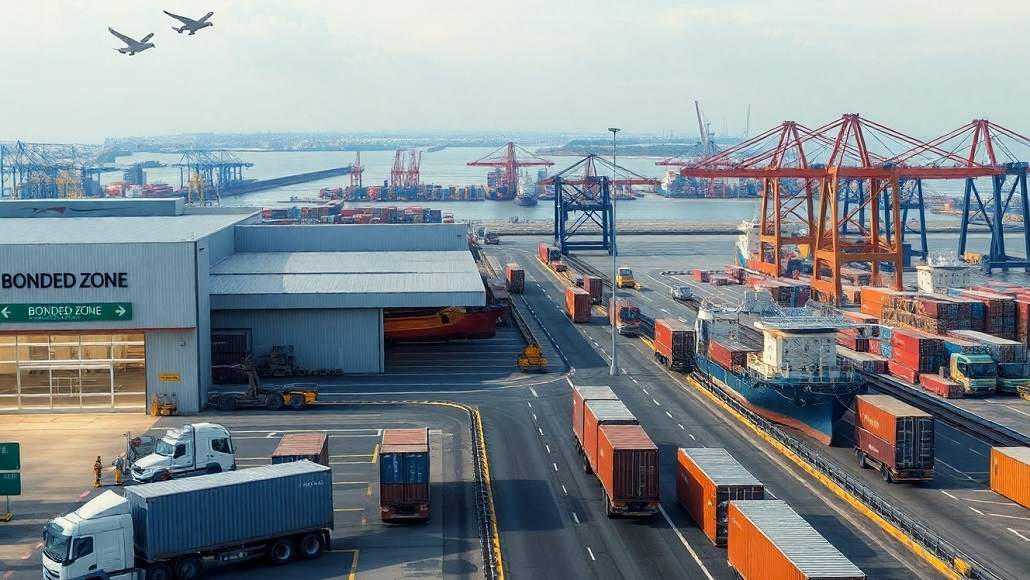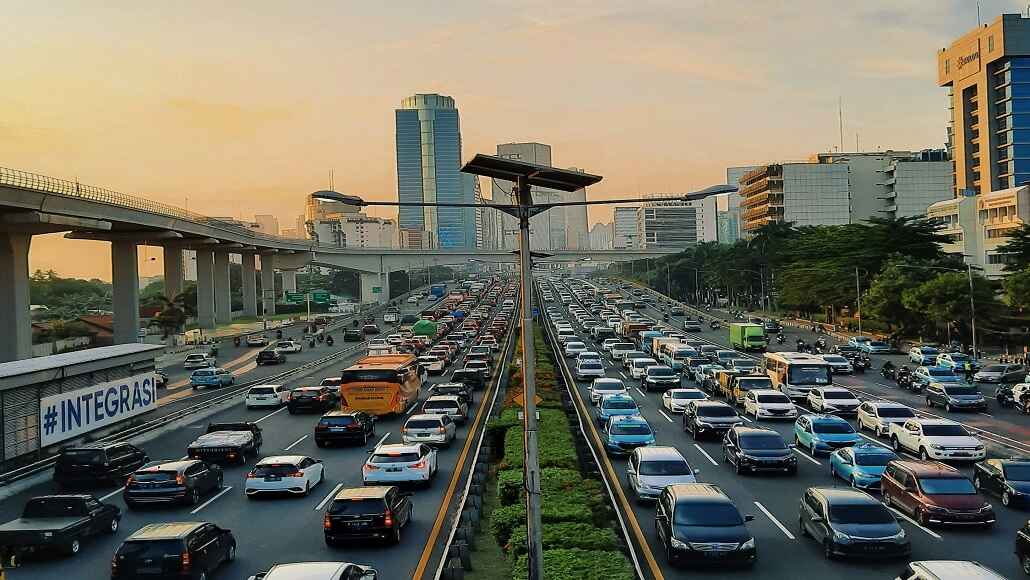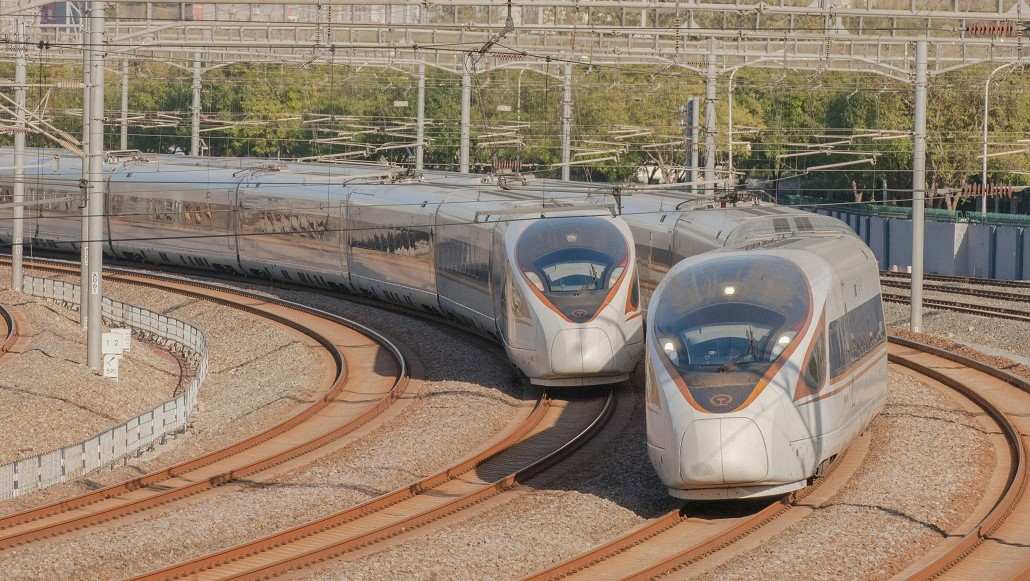In a recent update on the first bullet train project in India, the first breakthrough in the 21 km tunnel, which is being constructed between Bandra Kurla Complex (BKC) in Mumbai, India, and Shilphata in Thane, India, has been achieved. The same has been confirmed by the National High Speed Rail Corporation Limited (NHSRCL) on July 10, 2025. It is worth noting that the first breakthrough in the 21 km long tunnel was recorded on July 9, 2025, a release from NHSRCL informed.
Using the New Austrian Tunneling Method (NATM), a 2.7 km continuous tunnel section has been successfully completed. This achievement goes on to mark a prominent way forward in the first bullet train project in India, which is aimed at connecting the city of Mumbai in Maharashtra state and Ahmedabad, which happens to be in Gujarat. This high-speed rail corridor will reduce the travel time between the two cities and also enhance the transport efficiency. Apparently, both the cities are regarded to be financial hubs in their own right.
It is well to be noted that the 21 km tunnel is going to be a key part of the high-speed rail corridor, wherein 16 km is going to be built by way of using tunnel boring machines (TBMs), and the remaining 5 km will be done through the New Austrian Tunneling Method (NATM), specifically between Shilphata and Ghansoli. Notably, the tunnel also features a 7 km undersea section, which is going to be beneath the Thane creek.
The release also informed that in order to speed up the tunnel link in the NATM portion, an additionally driven intermediate tunnel – ADIT has been constructed, which will help simultaneous excavation from both Shilphata and Ghansoli ends.
Interestingly, of the overall NATM section, almost 1.62 km has already been excavated from the Shilphata side, and the cumulative progress stands at around 4.3 km.
Apparently, there are comprehensive safety measures that have already been executed at the site, which include the installation of ground settlement markers, inclinometers, piezometers, and strain gauges, as well as biometric access control systems, said the NHSRCL.
All these are designed in order to make sure of safe as well as controlled tunneling operations without having an effect on nearby infrastructure or even habitats. However, there are sources who have confirmed that TBMs are yet to be received from companies for the construction of the 16 km long tunnel, although the shaft as well as other equipment in order to launch these machines are already in place.
It is well to be noted that the total expenditure of the Mumbai-Ahmedabad high-speed rail corridor project, which is going to be the first in India, is expected to be ₹1.08 lakh crore. As per the shareholding pattern, the Indian government is supposed to pay ₹10,000 crore to the NHSRCL, while the states of Gujarat and Maharashtra are to pay ₹5000 crore each. The rest of the amount is going to be paid by Japan by way of a loan at 0.1% interest.


